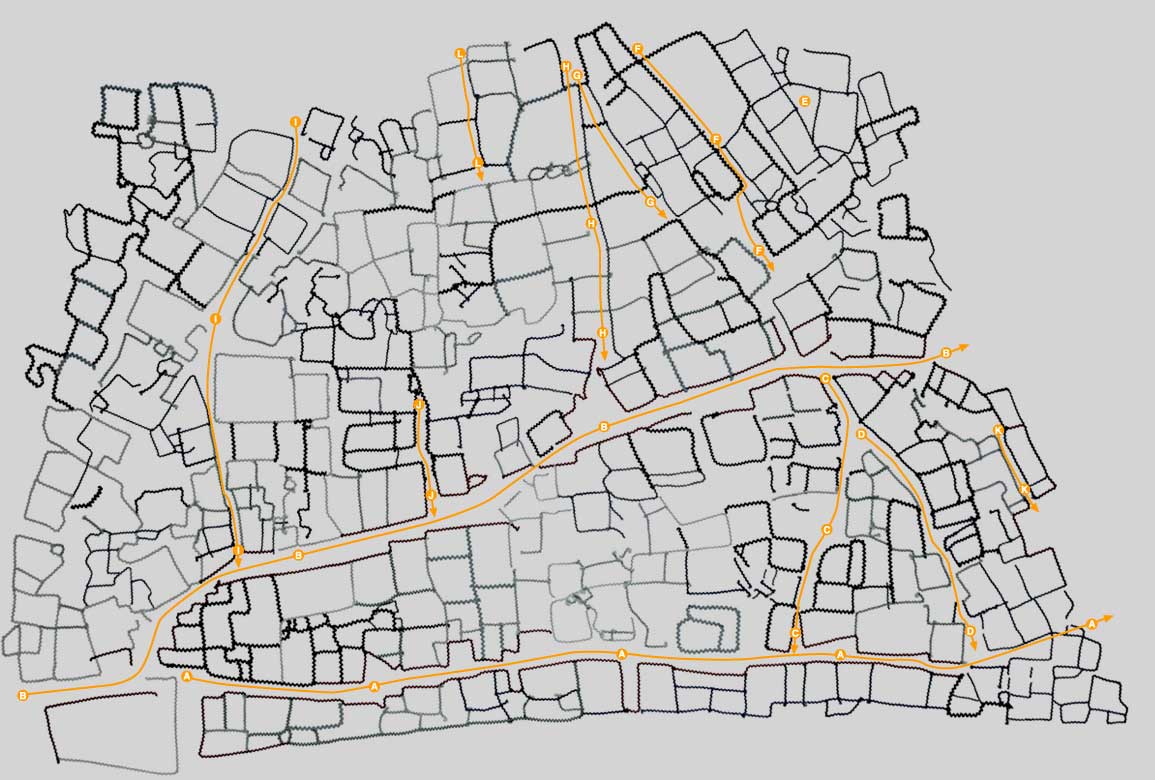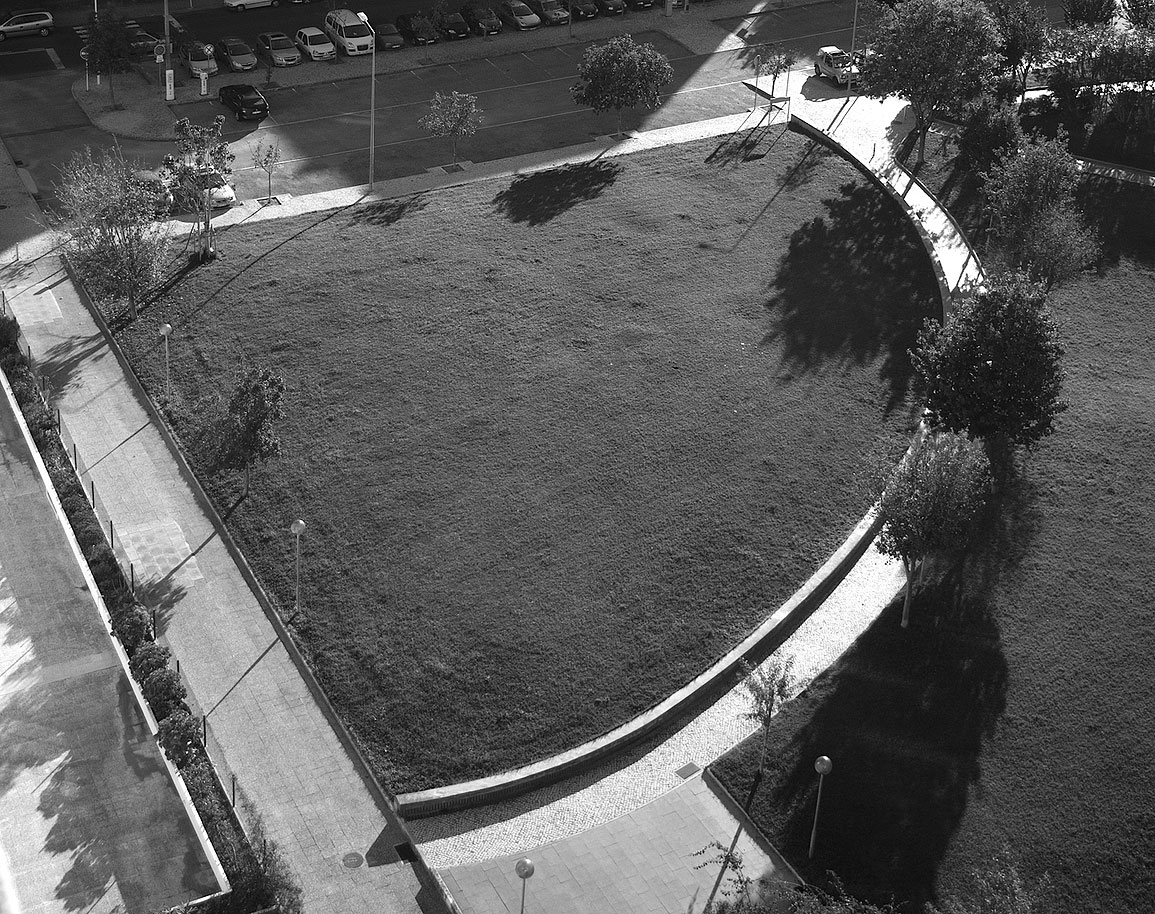The Vitoria Gardens Collection is defined as a conquered territory to be the repository of memories and the cultural preservation of this demolished neighborhood.
The Vitoria Gardens Collection is defined as a conquered territory to be the repository of memories and the cultural preservation of this demolished neighborhood.
The Current situation of the Vitoria Gardens Collection, integrating the Almeida Garrett garden and situated in the Portela Urbanization (Av. dos Descobrimentos and Rua dos Escritores). It is located in the suburbs of Lisbon nearby Quinta da Vitória former neighborhood.
38°46’53.6”N 9°06’32.6”W





